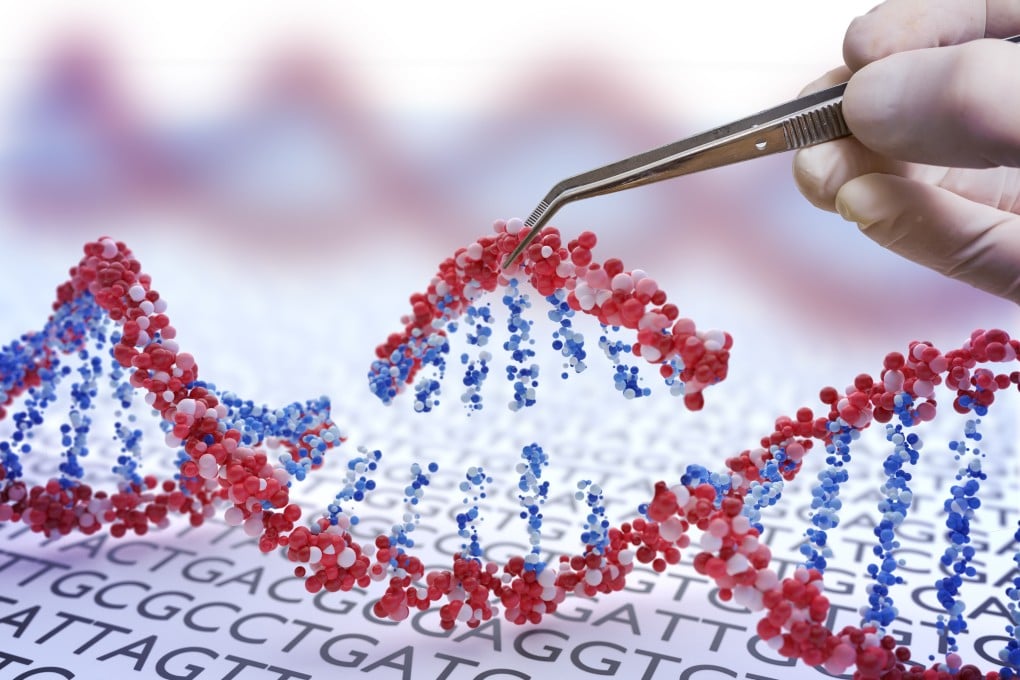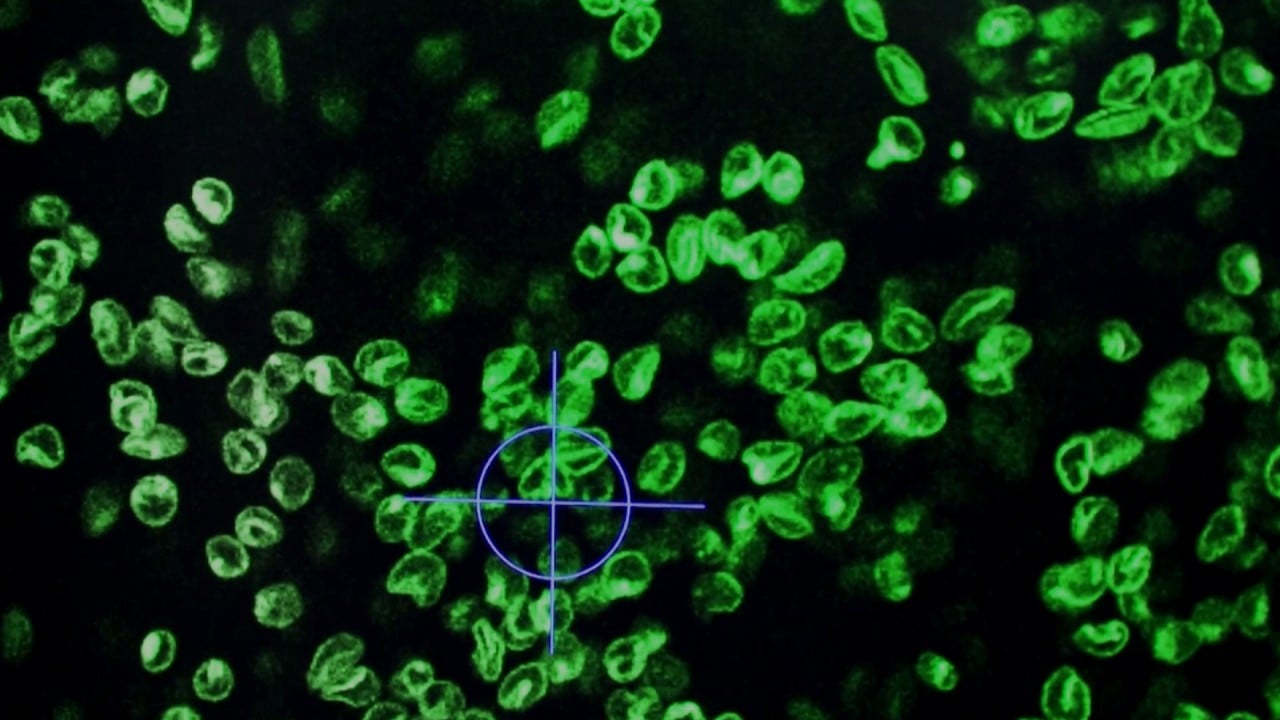Chinese scientists develop new gene-editing tool that differs in approach to CRISPR-Cas9
- ‘Base editors’ fix specific sites in the genome without cutting the DNA double helix, according to team
- ‘Now we have an independent intellectual property system for base editing and we can apply it for free,’ study author says

Chinese researchers have developed a new gene-editing tool they say is ultra precise, safe and has potential to treat or even cure some genetic diseases.
The first base editors were proposed in 2016 by a team led by David Liu at Harvard University. The Chinese team used a different approach that they say can achieve the same results, which could enable China to challenge US leadership in this field.
Their study was published on May 16 in the peer-reviewed journal National Science Review that comes under the auspices of the Chinese Academy of Sciences.
“It means we have established a system of our own, which is essential for clinical and commercial application,” said Yang Hui, corresponding author of the study and a researcher with the Centre for Excellence in Brain Science and Intelligence Technology of the Chinese Academy of Sciences.
The study is also important for the development of disease models in basic research and in the field of gene therapy, according to the authors.
CRISPR-Cas9, a natural defence mechanism used by bacteria to ward off viral attacks, is one of the most important scientific discoveries of this century. Two scientists – Emmanuelle Charpentier, director of the Max Planck Unit for the Science of Pathogens in Berlin, and Jennifer Doudna, a professor at the University of California, Berkeley – won the 2020 Nobel Prize in Chemistry for developing the gene-editing tool.
However, CRISPR-Cas9 has its shortcomings. Because it relies on the cell’s self-healing mechanism to rejoin the broken strains, it may result in off-target effects, such as chromosomal rearrangements or large DNA deletions, which may cause safety concerns.
